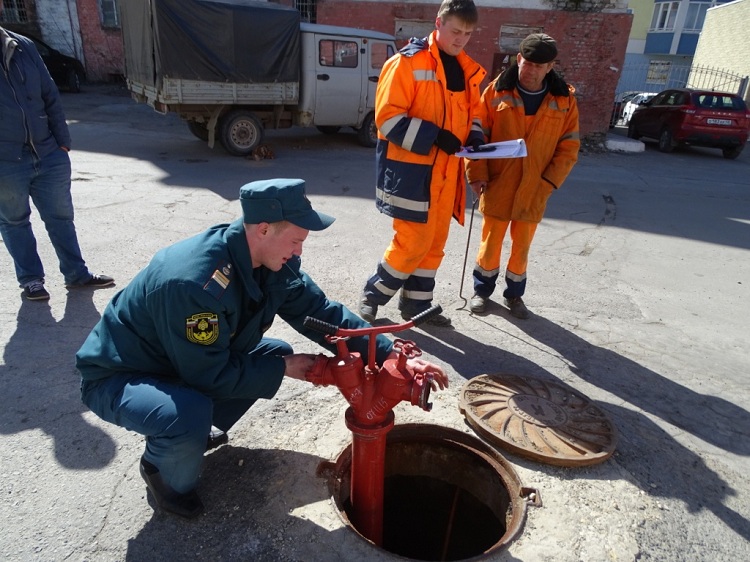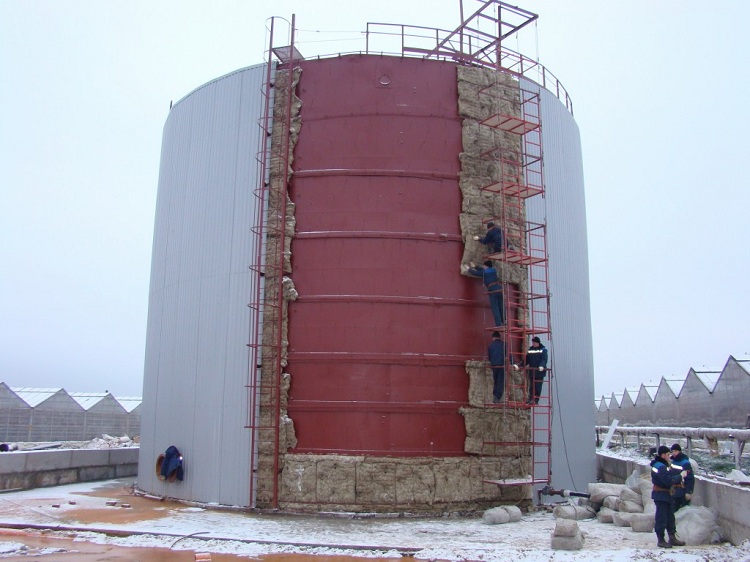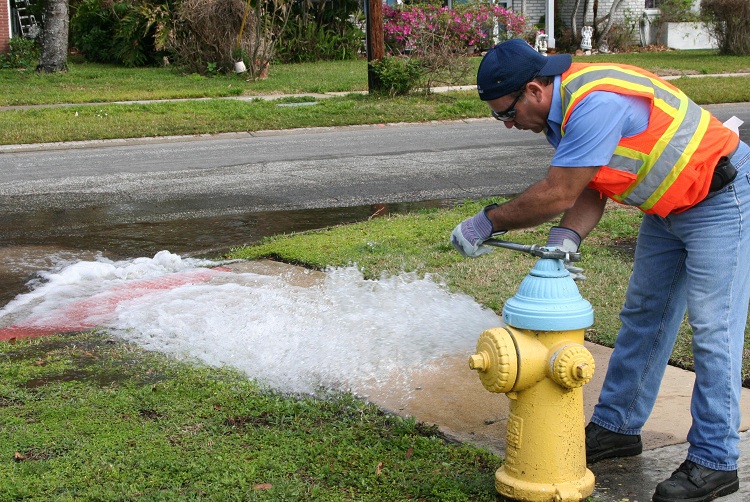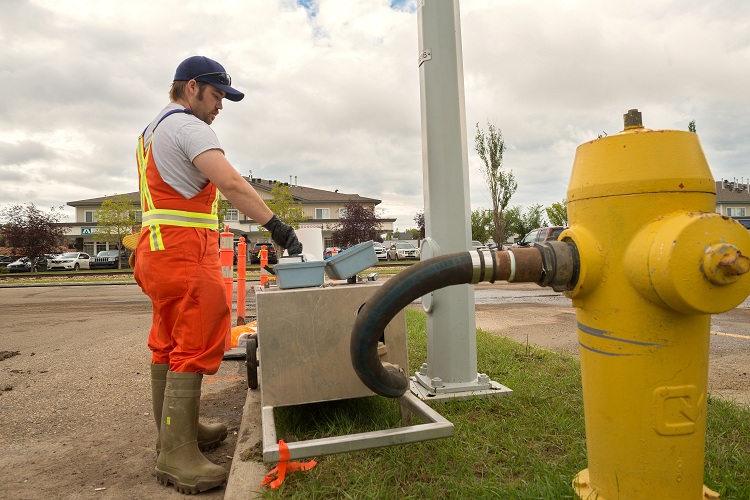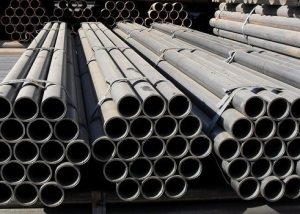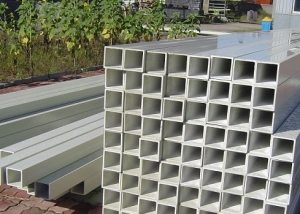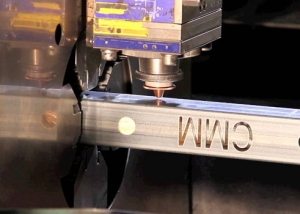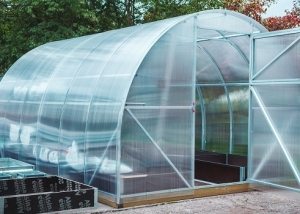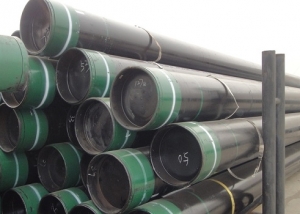In the fight against fire, various extinguishing agents can be used. Ways to eliminate the fire require the availability of special units - fire hydrants. The main scope of this equipment is to fill tanks of a large volume of fire engines or to connect a fire hose of a fire extinguishing system to a source of flame-extinguishing liquid. These devices provide access to groundwater or to the water supply network.
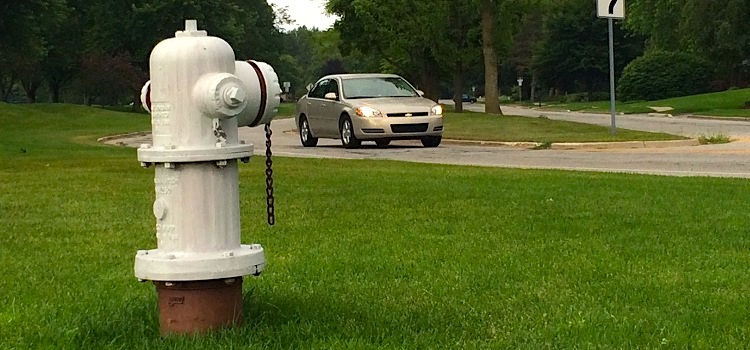
Fire hydrants are used to supply water to the place of ignition and to fill the tanks of fire engines with water
Content
Classification
Depending on the device, fire hydrants come in two forms. Consider each of them in more detail.
Underground fire hydrant. It is installed in the well. The arrangement of this equipment involves the location above the ground only a crane. The production of an underground fire hydrant is regulated by the relevant GOSTs. Models vary in shape and, accordingly, in diameter and height. As a rule, equipment of this type is used at a liquid temperature ranging in the range + 5 ... + 50 ۫ C. It is impossible to use such a hydrant when the thermometer column drops below zero degrees. Water pressure should not exceed 10 MPa. Installation of this device and the fire column must be carried out exclusively in an upright position.
Technological requirements provide for special equipment special stands. Before proceeding with the installation of the unit, it must be thoroughly rinsed with well water. The interval of the height of the fire hydrant is within 500 - 3500 mm in increments of 250 mm. Such dimensions provide a valve opening of 24-30 millimeters. The design of the unit has holes through which fire hoses are connected.
When using hydrants, a fire line is often created around the perimeter of the well. It consists of numerous plastic pipelines or hoses, laid also around the perimeter of the strategic object.
Hydrant well detailing is done by professionals. However, knowing the specific requirements for the operation of such equipment, you can build a well yourself. Professional advice is formulated as follows:
- to place the well at great depths is not worth it. If water is supplied from a well, it is not necessary to clean it of impurities. The main thing is to prevent the presence of stones in the water;
- the diameter of the well must be at least 800 mm. Such parameters provide unhindered turning on and off the equipment;
- a well is made of reinforced concrete rings or large diameter plastic pipes. Lowering the unit into the excavated but not yet finished opening is not recommended. The fact is that if the soil moves even slightly, the well may fall asleep;
- the maximum distance from the fire hydrant to the building with a low pressure fire water supply should not exceed 150 meters.
Ground fire hydrant. This is already a skidless design. Therefore, it is more complex. You can meet such an aggregate in any locality. Install it on the surface of the soil or on a special hatch.A prerequisite is the presence in the immediate vicinity of a water source.
Important! In winter, liquid must be removed from such equipment. Otherwise, it will freeze, and it will be impossible to use it.
Such devices are also equipped with additional functionality. As a rule, above-ground hydrants are equipped with a water release system or automatic start.
Installation Rules
Installation of the equipment in question is regulated by SNiP 2.04.01-85 and SP 8.13130.2009. Regulatory requirements for the placement of a fire hydrant of any type are formulated as follows:
- the choice of location should be made taking into account the possibility of unhindered laying of hoses;
- the distance to the wall of the building should be at least 5 meters, while the distance to the roadway is not more than 2.5 meters;
- the distance between fire hydrants should be in the range of 100-150 meters;
- the diameter of the pipe of the domestic water supply network to which the ground hydrant is connected for a large settlement should be at least 100 millimeters, and in rural areas the value of this parameter is allowed 75 millimeters.
When installing a fire hydrant, the following factors are taken into account: the number of floors of the building or the height of the structure, the total water flow, which, according to calculations, may be required to extinguish a fire, the amount of throughput of this water intake equipment.
Operating principle
Structurally, this device is an outlet installed on a fire stand of a water supply or fire network or on a tee. In order to prevent foreign objects from entering the hydrant barrel, dirt is removed from the surface of the cover before starting operation.
Then the unit cover is removed and the fire column is screwed onto the nipple thread until it stops. The hydrant is opened by smoothly turning counterclockwise the handle of the fire column. The rotation of the rod translates the valve. Usually about 12-15 revolutions are enough for this. Through an open channel, water enters first into the hydrant barrel, and then into the fire tower.
Upon completion of the water withdrawal, everything is performed in the reverse order. The hydrant is closed by turning the crank handle of the fire column already clockwise, it is unscrewed and the barrel of the unit is closed with a lid. The remaining water flows out through the existing hole in the lower flange by gravity into the well.
Calculation of the number of connections and location
This procedure must be carried out taking into account the radius of the fire hydrant. The following formula is used to calculate this parameter:
P = (Pp / 1.2 - Dl) * √1 - (ΔВ / (Рр / 1,2-Дл) ↑ 2 + KOVS * cos ω, where:
Rp is the radius of the permissible length of the fire hose; For - the minimum required length of the fire hose, taking into account the height of the structure; B - the difference between the height of the car pump and the surface level near the structure; KOVS - length of a compact segment of a water stream; ω is the optimal angle of inclination of the KOVS.
Calculate the length of the fire hose:
For = VE × K, where:
VE - floor height; K is the number of floors.
This formula is valid only for the case of vertical laying of sleeves. Creeping gasket is different in that when calculating take the triple height of the building.
If ω = 60 ۫ С, and the auto-pump and column are approximately at the same level, then a simplified formula is allowed to determine the hydrant radius of action:
P = RR / 1,2 –L + KOVS / 2
Note! It is necessary to arrange fire hydrants so that at least 15 liter / sec of water is provided to any house in the serviced area.
The range of the unit is measured at the peak of water consumption. The same applies to such an indicator as water loss.
Requirements for the size of fire hydrants. Specifications
Regardless of the type of execution and installation method, these units are required to be one of the varieties of fire fighting equipment. These requirements govern strength standards, withstand operating pressure and product throughput. Precisely defined sizes, methods of fastening and installation at the optimum distance of the hydrant to the building - all this allows you to mount such a unit as quickly as possible and use it just as efficiently. The lifespan of such devices can reach several decades.
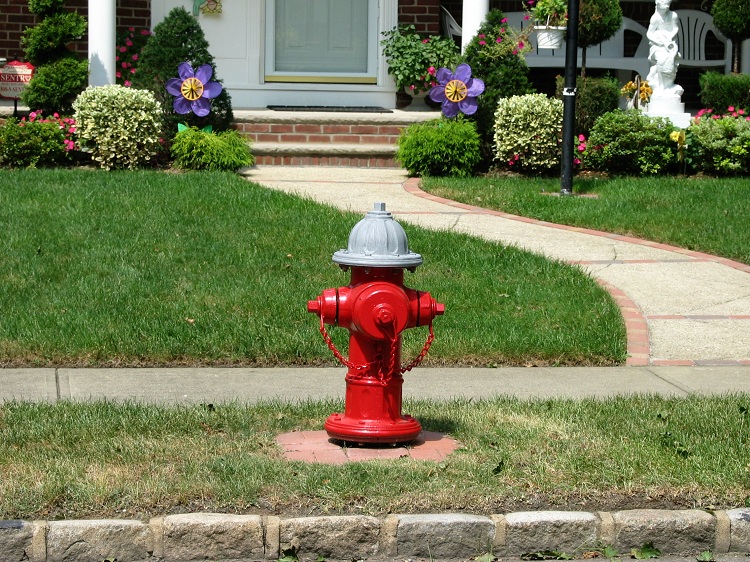
The size of the hydrant and its location relative to buildings and structures is of great importance
The requirements for the dimensions and diameter of the fire hydrant are contained in GOST 53961 2010. You can familiarize yourself with them by examining the data in the table below.
Table 1
| Name of characteristic | Value | ||
| Case inner diameter | 150 | 125 | 100 |
| Hydrant height | 500 ... 3500 mm | ||
| The number of revolutions of the rod (rod) to fully open | 12…15 | ||
| Spindle play along the axis in the support no more | 0.4 mm | ||
| Valve stroke | 24 ... 30 mm | ||
| Working pressure no more | 10 kgf / m | ||
The dimensions that a fire hydrant is characterized in a particular design may vary. GOST 53961 2010 allows this if the tests confirm the preservation of a sufficient level of water loss of the developed model. However, there are limitations. So, for example, the maximum diameter of an aggregate of any kind should not exceed 300 mm.
Height. This parameter is one of the most important fire hydrant sizes. The fact is that in ring and main pipelines of household and general water supply systems, pipes are most often laid underground. If the requirements for an exclusively vertical GHG installation are observed, the distance of the engineering communications branch from the surface becomes critical. It follows that the height of the unit should correspond to the depth of the well. But at the same time SNiPs put forward additional requirements. The main one is formulated as follows: the dimensions of the well and the dimensions of the fire hydrant must be such that the installation of the fire column using a hand tool is available. And the distance between the well cover and the upper part of the device should be in the range of 150-400 millimeters. At the same time, the intake column should rise above the soil surface by at least 1 meter.
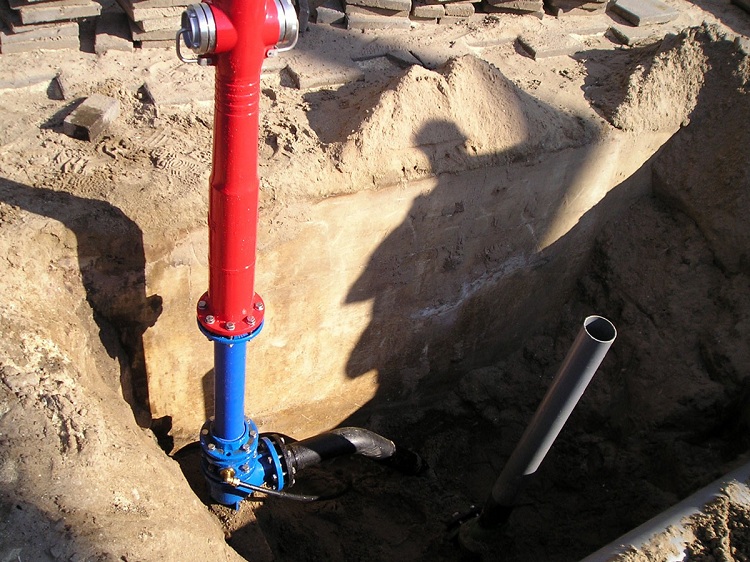
During the construction of an underground hydrant, the requirements of SNiP, which regulate the size of the well, should be taken into account
In some cases, it is allowed to use GHGs whose height exceeds the maximum specified in GOST 3500 mm. Therefore, modern industry produces such units with a value of this parameter equal to 4500 mm.
Good to know! They are used where fire equipment must be connected to a deeply laid pipeline.
Weight. This characteristic is of great importance in terms of ease of installation and logistics. Fire hydrants are made of cast iron or steel grades, allowing long-term contact with various types of aggressive soil and water. When it is not required to use expensive grades of alloy steel, gray cast iron is usually used as raw material. And this means that the weight of the product will be relatively large. But here, GOST determines the maximum values of this characteristic. The basis for the calculation is the weight of the GHG with a height of 1000 millimeters with a maximum allowable value of this indicator of 95 kg. With an increase in the length of the unit by 250 mm, it is allowed to increase its total mass by no more than 10 kg.
Using
Correct operation of the fire hydrant requires compliance with the following rules:
- the water main should provide enough water to extinguish the fire;
- in the winter season, measures should be taken to prevent the possibility of ice formation on the intake equipment;
- ensuring hydrant free access;
- the presence of signs for quick search of the device;
- SP 8.13130.2009 standards require systematic inspections and verifications of the hydrant’s readiness for work. The frequency of such events is once every six months; autumn or spring is recommended.
And one more important moment. It concerns the route of laying fire hoses. In the event of sharp bends, the delivery of the extinguishing agent to the source of ignition will not be ensured. Also, hose lines should not be laid on surfaces filled with chemicals, fuels and lubricants, or on burning or sharp objects. The route of the sleeves in the stairwells should lie between the marches, while not cluttering the stairs and walkways. In the yard, road, street, laying should be carried out, if possible not on the carriageway, but through tram or railway tracks - between the sleepers under the rails.
Leakage in the hose line must be repaired immediately. This is done by installing special clamps. These elements come in two forms:
- belt clip. With its help, the leak from discontinuities no longer than 3 centimeters or holes up to 2 centimeters in diameter is eliminated;
- corset clamp. Designed for processing longitudinal gaps, the length of which does not exceed 10 centimeters.
In conclusion, it is necessary to say one more thing: in order for the fire hydrant to work normally, it is necessary to carry out preventive work with it, related to checking the speed of water start-up. It is also necessary to conduct a pressure test on a special bench using a manometer with a VPI equal to 16 (the abbreviation "VPI" stands for Upper Measurement Limit), and a measurement accuracy class of 1.5. According to GOST 15150, the frequency of these events is at least once every six months.
